
I’ve had Firekeeper’s Daughter by Angeline Boulley on my TBR since I first saw the cover, which is striking and beautiful and unlike any other cover I’ve seen. Since book covers often follow trends (remember the post-Hunger Games YA landscape when every book had a circle on the cover? Or that truly terrible period of time when covers almost always had character’s torso with the top of their head cut off? Lookin’ at you, City of Bones), seeing something that stands out so drastically—the color! The shapes! The butterfly! The Rubin Face!—is always exciting, particularly when it’s this visually pleasing. I put it on my list and then for some reason it never quite made it to the top even as I kept seeing rave reviews. Still, you can only see a beautiful cover like that so many times before picking it up.
What’s it about?
Daunis has just graduated high school, but her ambitious college plans have to be deferred after the one-two punch of her uncle’s death—apparently an overdose/relapse—and her grandmother’s stroke. The only thing that takes the sting off the decision is that now she and her best friend Lily can take classes together at the local college… and Daunis gets to help welcome new boy Jamie into the community. But Daunis is warned that bad things come in threes, and it proves true: Lily is shot and killed by her ex-boyfriend right in front of Daunis, and Daunis becomes involved in an FBI investigation into the laced meth that has made its way into Daunis’ neighborhood as well as other native communities.
How’s the audio?
I listened to the audiobook, which is read by Isabella Star LaBlanc. For the most part, I enjoyed the performance. Unlike a lot of narrators I’ve listened to, LaBlanc doesn’t do a distinct voice for every character. Rather, she has a couple of dialogue voices that she employs for all the characters, one for the men and boys, one for the women and girls, and one for the elders or anyone else making a grand statement. This works fairly well for the most part; LaBlanc flawlessly reads all the various languages included, and her intonation is expressive. I never lost track of the dialogue or the characters. My only complaint is that the voice she often uses for the elder native characters has a strange, slow cadence that struck me as a bit stereotypical.
What’d I think?
It’s hard to know how to rate this book. The parts that are good are excellent. The parts that aren’t good don’t make any sense. I love the way Boulley dives into Ojibwe culture and the way that Daunis advocates for victims and her community when those around her want to look only for the worst. That being said… the focus on romance is frustrating, and the dramatic ending only works if you accept that the villain’s motivations and decisions are puzzling at best, at worst nonsensical and calculated for drama. The atmosphere, the cover, and the culture would give Firekeeper’s Daughter four and a half to five stars, but the romance and the conclusion take it down steeply.
First things first: the way that native culture takes center stage is fantastic. In Firekeeper’s Daughter, Boulley faces on the beauty and struggles unique to the Ojibwe community. Daunis is knowledgeable about traditional medicines. She is a Jingle dancer. She comes from a family of Firekeepers, and we see these ceremonies multiple times in the novel. Ojibwe language appears throughout Firekeeper’s Daughter (and, since I listened to the audiobook, I got to hear it spoken, which was extra special). Daunis has nothing but love for her community, and that shines through Firekeeper’s Daughter. I felt I learned a lot with this novel. I love it when fiction shows me people and parts of the world that I don’t know about, and this was unquestionably my favorite part of Boulley’s novel.



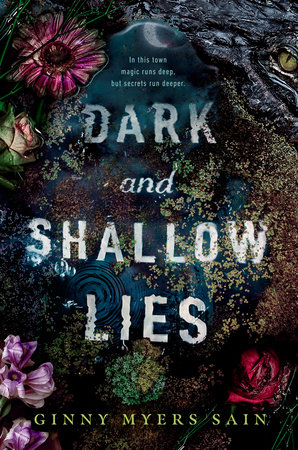



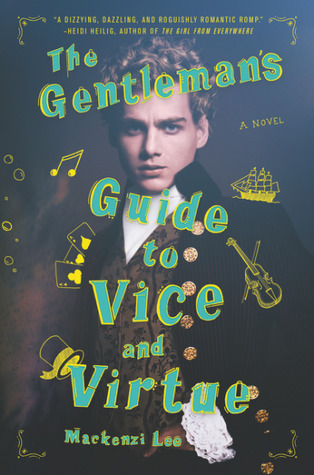

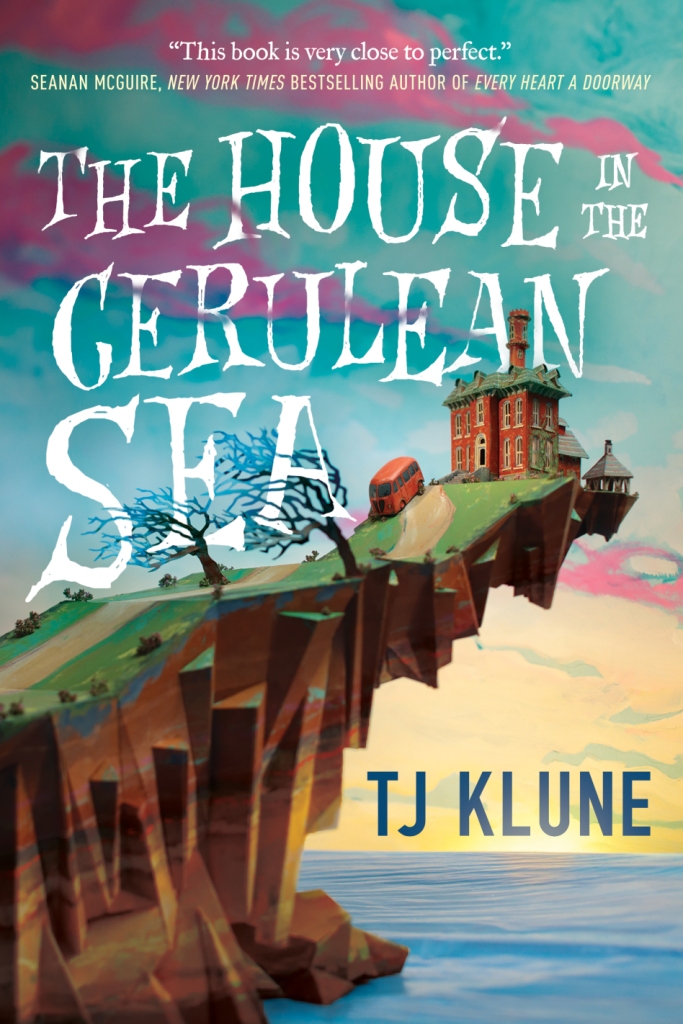




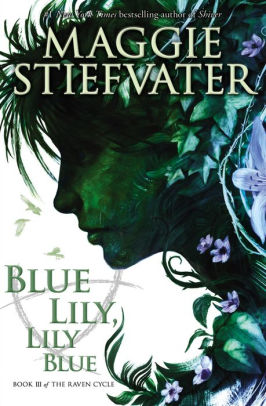 I got really into Maggie Stiefvater’s The Raven Cycle this month. A friend recommended it to me a while ago but I put it off because I’d disliked one of Stiefvater’s earlier
I got really into Maggie Stiefvater’s The Raven Cycle this month. A friend recommended it to me a while ago but I put it off because I’d disliked one of Stiefvater’s earlier 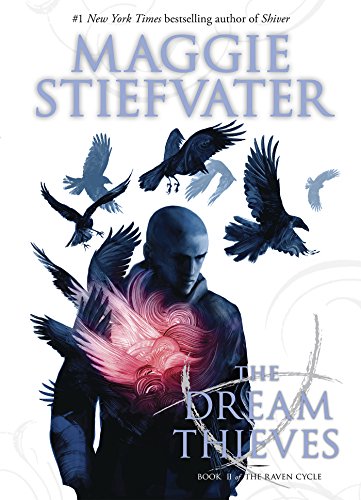 After seeing it repeatedly recommended, I finally gave
After seeing it repeatedly recommended, I finally gave 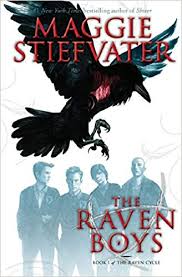 A friend recommended that I read The Raven Boys by Maggie Stiefvater about a year ago, but I largely ignored the suggestion because I’d read
A friend recommended that I read The Raven Boys by Maggie Stiefvater about a year ago, but I largely ignored the suggestion because I’d read 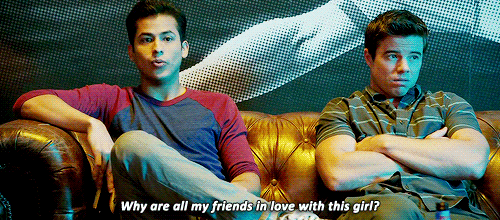
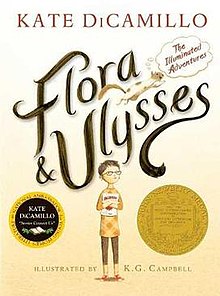 The best children’s books enchant adults without losing the ability to delight children. Kate DiCamillo is a wonderful writer. Without exception I love every one of DiCamillo’s books that I’ve read. Most people cite Because of Winn-Dixie or The Tale of Despereaux as their favorites, and while they’re great, my preferences lie elsewhere. The Miraculous Journey of Edward Tulene is underrated and fantastic. Flora & Ulysses is less underrated–it won a Newbery Medal–but no less beloved by me. It’s especially special to me because I attended one of DiCamillo’s readings when she was promoting it. DiCamillo was as charming in person as her books suggest, and she’s one of the biggest authors whose autograph I have. I got to run a book club on Flora & Ulysses a few years ago, and it was so much fun because it is an apparently easy read that has beautiful themes underneath. Flora & Ulysses is creative in its use of media, it’s full of lovable characters and adorable illustrations, and it is genuinely funny and heartfelt.
The best children’s books enchant adults without losing the ability to delight children. Kate DiCamillo is a wonderful writer. Without exception I love every one of DiCamillo’s books that I’ve read. Most people cite Because of Winn-Dixie or The Tale of Despereaux as their favorites, and while they’re great, my preferences lie elsewhere. The Miraculous Journey of Edward Tulene is underrated and fantastic. Flora & Ulysses is less underrated–it won a Newbery Medal–but no less beloved by me. It’s especially special to me because I attended one of DiCamillo’s readings when she was promoting it. DiCamillo was as charming in person as her books suggest, and she’s one of the biggest authors whose autograph I have. I got to run a book club on Flora & Ulysses a few years ago, and it was so much fun because it is an apparently easy read that has beautiful themes underneath. Flora & Ulysses is creative in its use of media, it’s full of lovable characters and adorable illustrations, and it is genuinely funny and heartfelt.